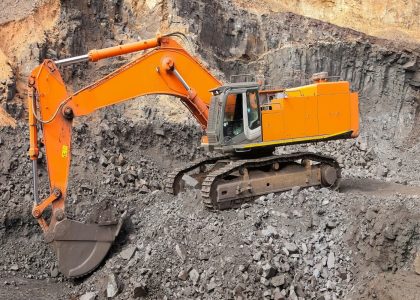If you work in construction or manage a site, you know how important a reliable concrete mixer is. A concrete mixer helps you prepare the right mix every time, ensuring strong, durable structures. But like any equipment, a concrete mixer needs regular care to keep it working well and last longer.
In this post, we’ll go over simple and effective concrete mixer maintenance tips that anyone can follow. These tips will help you avoid breakdowns, reduce repair costs, and make sure your mixer stays in great shape for years.
Why Concrete Mixer Maintenance Matters
Concrete mixers work hard every day, mixing heavy materials like cement, sand, and gravel. If you don’t take care of the machine, parts can wear out faster, leading to costly downtime. Regular maintenance prevents damage and improves safety on your worksite.
Maintaining your concrete mixer not only saves money but also keeps the quality of your concrete high. Well-maintained mixers ensure consistent mixing, which is key for strong construction.
Daily Cleaning Is Key
One of the easiest ways to protect your concrete mixer is to clean it daily. After each use, wash out the drum and other parts that come into contact with concrete. Leftover concrete can harden and stick, making it harder to clean later and damaging the mixer.
Use water and a stiff brush to scrub the inside of the drum. Avoid using harsh chemicals that might harm the mixer’s surface. If concrete has already hardened, you might need a chisel or scraper, but be careful not to damage the metal.
Lubricate Moving Parts Regularly
Concrete mixers have several moving parts that need lubrication to work smoothly. Check the manufacturer’s guide to know which parts require oil or grease. Common areas include the drum bearings, gears, and wheels.
Lubricating these parts prevents friction that can cause wear and tear. Make it a habit to lubricate before starting work each day. This simple step extends the life of your equipment and ensures smooth operation.
Inspect the Mixer for Wear and Damage
Frequent inspections can catch small problems before they turn into big issues. Look for cracks, rust, or worn-out parts like belts and blades. Also, check the drum for any dents or deformities that could affect mixing.
Make a checklist and perform a visual inspection every week. If you spot any damage, fix it immediately or replace the part. Ignoring these signs can lead to bigger breakdowns that stop your work completely.
Check the Engine and Electrical System
If your concrete mixer has an engine or electrical components, regular checks are important. Make sure the engine oil is clean and at the right level. Inspect spark plugs, filters, and wiring for signs of wear or damage.
For electric mixers, check cables and connections for any frays or loose wires. Faulty electrical parts can be dangerous and cause the mixer to stop working. Routine maintenance here keeps the mixer safe and reliable.
Store the Mixer Properly
When your concrete mixer is not in use, storing it correctly can protect it from damage. Keep the mixer in a dry, covered area to prevent rust and weather-related wear. If you use the mixer outdoors, consider using a tarp or cover.
Also, empty the drum completely before storage. Moisture and leftover concrete inside can cause rust or damage. Proper storage reduces the need for repairs and keeps the mixer ready for the next job.
Conclusion
In conclusion, a well-maintained concrete mixer means better mixing quality, fewer delays, and more successful projects. Start your maintenance routine today and see the difference it makes!






